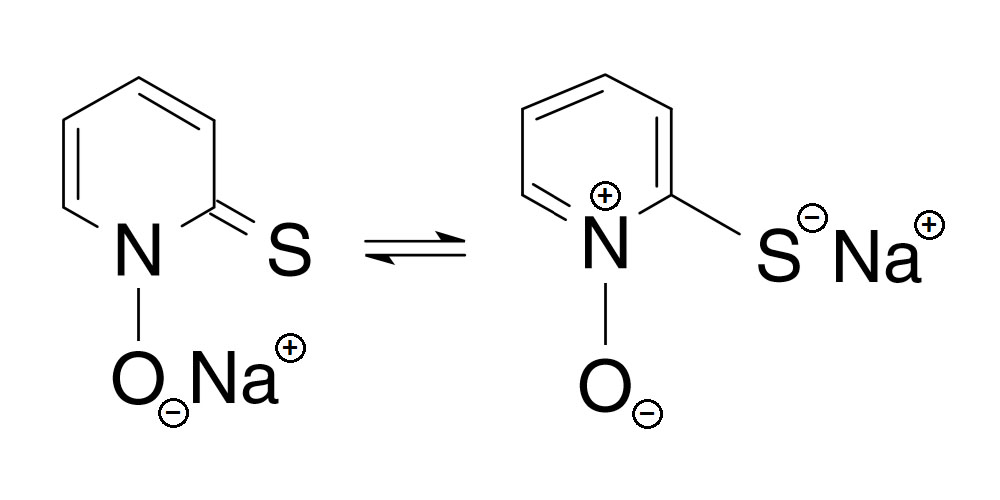Sodium Pyrithione is an aqueous chemical solution that prevents the downgrade of some liquids and other chemicals. This solution has many names, including the commonly used Mercaptopyridine N-Oxide sodium salt. It is used in many industries and homes, especially since it has fungi inhibition abilities.
Components and Appearance of Sodium Pyrithione
Sodium Pyrithione can be presented in liquid or powder form. The powder color is off-white, while the solution has a transparent yellow look and sometimes a light amber color. The aqueous percentage in the solution is approximately 40% and can easily dissolve in other liquids like water and ethanol. Usually, it cannot be used independently; instead, it is mixed with other solutions to maintain quality.
Storage and Chemical Stability of Sodium Pyrithione
In aqueous form, the solution must be stored in a dark container that should be closed when not used. The container can be placed anywhere since it can survive in average weather conditions. It should not be exposed to UV rays, including the sun. The solution may be discolored, although discoloration does not affect its functionality.
Sodium Pyrithione is stable at an acidic PH of 6.5 and can lose its stability when oxidized or introduced to metals. Under a lot of conditions, however, it is a very stable element and is very effective. The packaged solution can last up to 2 years if stored well.
Uses of Mercaptopyridine N-Oxide Sodium Salt
- It can be used to maintain the quality of metalworking fluids. A tiny percentage of up to 0.1% can do the job.
- Inhibits growth of bacteria.
- Protects external metal surfaces against mold and fungi growing.
- It can be used as a mild cosmetic conditioner.
- Sodium Pyrithione Can be used as a disinfectant.
The Use of Sodium Pyrithione as An Antifungal Element
For antifungal properties, Sodium Pyrithione is presented as Zinc Pyrithione. Zinc is used in many cosmetic products like antidandruff shampoo and face cream. The bacteria inhibition occurs since yeast is the main component in dandruff and other human bacteria, and sodium works on the yeast components, preventing or killing existing bacteria.
The cosmetic side, however, has a few side effects. It may burn the skin for some other people and cause blistering. You should, therefore, be careful when using zinc Pyrithione products.
Applications of Sodium Pyrithione
- It is used as an adhesive element in metalworking fluids.
- The solution is mixed in cosmetic products as an antidandruff element.
- Used to control mold during leather production.
- It is used to preserve chemicals and other elements in companies.
- It is used as a plant antifungal chemical.
- It is mixed with disinfectants to kill bacteria.
Conclusion
Sodium Pyrithione is an essential chemical element with a variety of uses. Its ability to inhibit fungi is the commonly known aspect hence its usage in many factory products. The beauty industry uses it in many cosmetics, including face creams and hair products. Since its storage is not as complex, it is a dominant solution with little to no complications.

